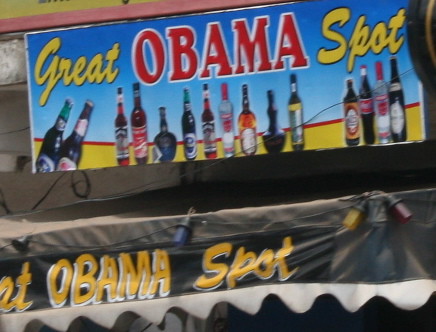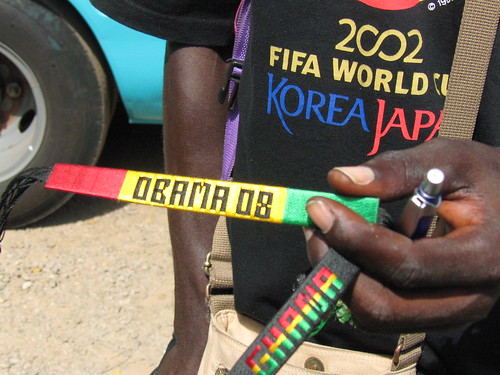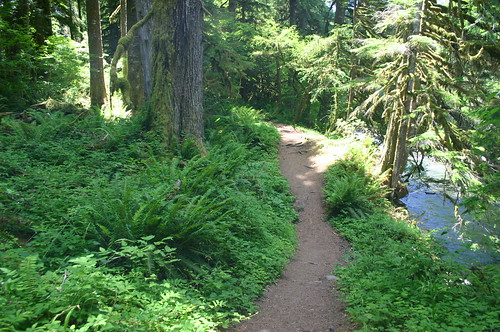A local bar named after Obama and a bookmark made from traditional weaving (Kente)



 vs
vs












 Professor Atta Mills is running on the New Democratic Congress (NDC) ticket. The NDC was in power during the Clinton years when their party leader, JJ Rawlings, took over the country in a "non-violent" coup. They are trying to make a comeback and are pointing many a finger at the current party in control even though they had plenty of corruption of their own 8 years ago. Atta Mills was the vice president to Rawlings and this will be his third time running for president ('00, '04, '08) Third times a charm?
Professor Atta Mills is running on the New Democratic Congress (NDC) ticket. The NDC was in power during the Clinton years when their party leader, JJ Rawlings, took over the country in a "non-violent" coup. They are trying to make a comeback and are pointing many a finger at the current party in control even though they had plenty of corruption of their own 8 years ago. Atta Mills was the vice president to Rawlings and this will be his third time running for president ('00, '04, '08) Third times a charm?
 Nana Akufo Addo is the nominee for the New Patriotic Party (NPP). This is the party currently in power here and he fought his way through a 17 way fight in the primary. He may have a leg up in terms of campaign infrastructure but the economy in Ghana, like the rest of the world, is not doing well right now (better than most African countries but still worse than a few years ago). The party is also having some problems with awarding big importing contracts to family members and has focused on imports rather than building Ghana from within.
Nana Akufo Addo is the nominee for the New Patriotic Party (NPP). This is the party currently in power here and he fought his way through a 17 way fight in the primary. He may have a leg up in terms of campaign infrastructure but the economy in Ghana, like the rest of the world, is not doing well right now (better than most African countries but still worse than a few years ago). The party is also having some problems with awarding big importing contracts to family members and has focused on imports rather than building Ghana from within.

 Calabash tree
Calabash tree Adinkra silk screening
Adinkra silk screening Calabash stamps
Calabash stamps















